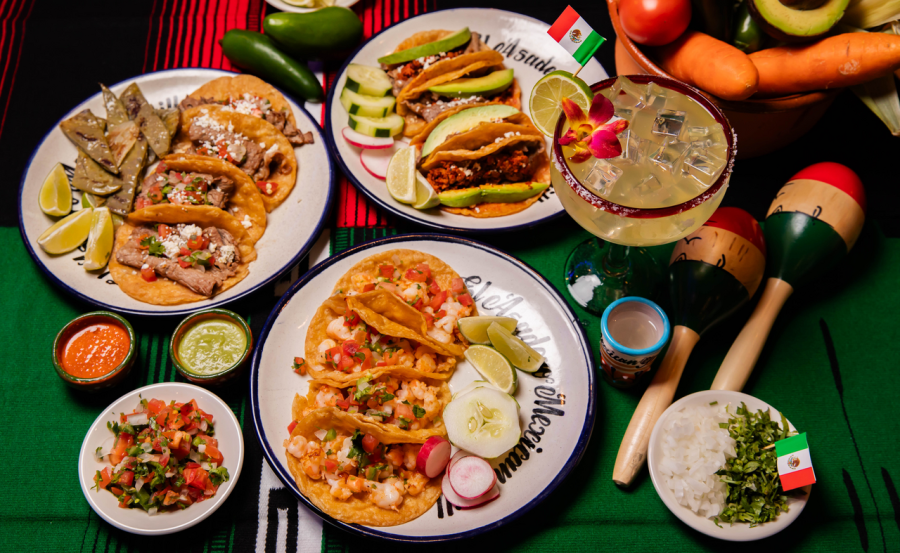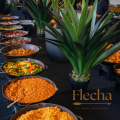
Some Mexican restaurants are called a Cantina and other ones are called a Taqueria. What’s the difference?
The terms “Cantina” and “Taqueria” in the context of Mexican dining establishments each carry distinct connotations, although there can be overlap in practice:
Cantina:
Origin and Concept: Historically, a cantina in Mexico might refer to a place where alcohol is served, somewhat akin to a bar or pub. The term has roots in Spain, where “cantina” originally meant a wine merchant’s shop. In Mexico, it evolved to include places for drinking and casual eating.
Menu: A cantina typically offers a broader menu beyond just tacos, including traditional Mexican dishes like enchiladas, tamales, pozole, menudo, and an array of antojitos (Mexican snacks). Alcohol is usually a significant component of the offerings, with a variety of Mexican beers, spirits like tequila and mezcal, and sometimes cocktails.
Atmosphere: Cantinas often have a more laid-back, traditional, or even rustic feel. There might be an emphasis on the social aspect, with communal tables or a bar where locals gather. The ambiance might reflect a more authentic, older Mexican vibe, sometimes with a touch of cantina culture seen in movies – think mariachi music, dark wooden interiors, and lively conversation.
Cultural Significance: In addition to food and drink, cantinas can be places of cultural exchange, where stories are shared, music is played, and community bonds are strengthened.
Taqueria:
Specialization: A taqueria is specifically a place that focuses on tacos. While tacos might be just one part of a cantina’s menu, in a taqueria, tacos are the star. This might include a variety of tacos, from traditional to innovative, using different meats, seafood, vegetables, and condiments.
Menu: While tacos are central, a taqueria might also serve other street food-like items like quesadillas, gorditas, sopes, and sometimes simple snacks. However, the menu is generally more limited compared to a cantina’s, focusing on quick, casual eating.
Atmosphere: Taquerias often prioritize efficiency and affordability, reflecting street food culture. They might have a straightforward, no-frills setup, sometimes just a few tables or even just a counter service with minimal seating. The vibe is usually casual, fast-paced, and focused on the food rather than the drink.
Cultural Implication: Taquerias are deeply rooted in Mexico’s street food tradition, offering a taste of authentic, often regional, Mexican cuisine in a very accessible format. They’re places where you might grab a quick bite rather than linger for hours.
Overlap and Exceptions:
Hybrid Establishments: In practice, especially outside of Mexico, the lines can blur. A place might call itself a “Cantina & Taqueria” or similar, offering both the broader menu of a cantina with a focus on tacos, trying to capture the best of both worlds.
Regional Variations: In different parts of Mexico or among Mexican communities abroad, these terms might not be strictly adhered to. A place called a cantina might not serve alcohol, or a taqueria might offer a surprisingly diverse menu.
Cultural Export: When these concepts are exported outside Mexico, they might adapt to local tastes, regulations, and business models. For instance, a taqueria in the U.S. might expand its menu to cater to non-traditional taco lovers or offer different types of cuisine fusion.
In summary, while a cantina leans towards a broader dining experience with a cultural and social emphasis, often including alcohol, a taqueria is a more focused establishment centered around tacos and other street foods, typically with a quicker, less formal dining experience. However, actual establishments might not always fit neatly into these definitions.








